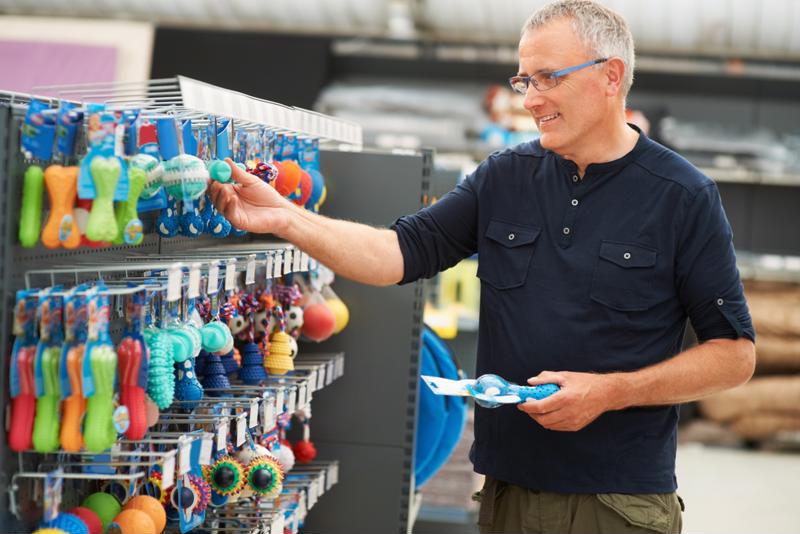
Happy holidays: creating the IoT-enabled store of the future
By Max BurkhalterDecember 19, 2017
As the holiday season reaches a fever pitch, more consumers head to stores or online to retail sites. Hot-selling items are avidly searched for while companies try more and more aggressive deals and tactics to force the point of sale.
As technology has evolved, traditional retail locations have seen an immense challenge from internet warehouse retailers like Amazon. Now, Internet-of-Things enabled devices are bringing some of the edge back to physical store locations. More precise data is available to quickly know exactly when, where and which products are selling.
How IoT and big data can maximize sales
Online sites have already been using this data for years - even searching for a product on Google will prompt ads for similar items. Over time, this data combines to form a near perfect picture of a shopper's interests and buying preferences. Retail stores were at a disadvantage as they did not have this same constant data stream to influence their selling strategies.
Now, however, the majority of consumers carry at least one computer on their person at all times. Smartphones and wearables can provide on location analytics to help improve in-store experiences and match shoppers with the products that they want. Power Review research indicated that only 10 percent of shoppers are not already using mobile devices to help make purchase decisions in-store. About 21 percent of consumers are open to using newer technology to aid them in making a purchase.
Retailers should tread carefully around privacy concerns. Transparency is the best policy and in-store locations should look to how giants like Facebook, Google and Amazon convince customers to part with secure data. Focus on the benefits - tailored shopping experiences, better deals and more time-efficient shopping.

A connected network turns many stores into one
When a store sells out of an item, it may be ordered from the warehouse but that takes time - whether it is shipped to the store for a pickup or to the consumer's home address. At this point, most shoppers will likely decide that purchasing from an online retailer is easier - especially if the intended product is a time-sensitive gift.
Retail locations were not helped by the old system, which comparatively moved at a snail's pace. It took days for headquarters to become aware of sales, sell outs and other vital information. Luckily, technology now exists that dramatically reduces the time it takes for headquarters to be aware of in-store traffic.
For example, Ace Hardware used Perle's network enhancing hardware to effectively link its many locations into a massive but cohesive whole. With this new system, a corporate headquarters can ship out new units immediately - provided a manufacturer does not have a shortage. If worst comes to worst, products can be directed from under-used stores to ones that see more foot traffic. With this data coming in much more quickly, brick-and-mortar stores have a better chance of keeping up with consumer demand.
Stores should only carry secure products
Though this technology is largely helpful, retailers must always keep in mind the emotional reactions of their consumers. Every good marketer knows the importance of associating positive emotion with a brand. As technology evolves, consumers may be skeptical of the increasing connectivity of products - especially if said items are not fully secure.
For example, one of the most popular and innocent holiday purchases is a toy. Children love toys, adults love to watch children play with toys - it helps bring out the festive feeling. However, action figures are, like everything else, evolving to incorporate more IoT technology. In July 2017, the FBI issued a warning against several new IoT-enabled children's products, calling them dangerous and invasive.

In many consumers' minds, the retailer is responsible for the products they sell. Hence why defective or broken items are returned. Stores selling these devices could - in theory - be accused of listening in on customers without their permission. It elevates the already unpleasant defective product standard and can sully a retail location's brand.
Retailers should be encouraged to hold manufacturers to a high standard when it comes to products. IoT and increased data are helping in-store locations compete with online warehouses. A nasty PR stunt would only damage this initiative.
With the retail industry adopting IoT-enabled devices at a rapid pace, it appears that the technology is soon to become standard. Perle will be there to provide the critical networking infrastructure required maximize in-store efficiency. Connect with us today to learn more about our work in the retail space.



